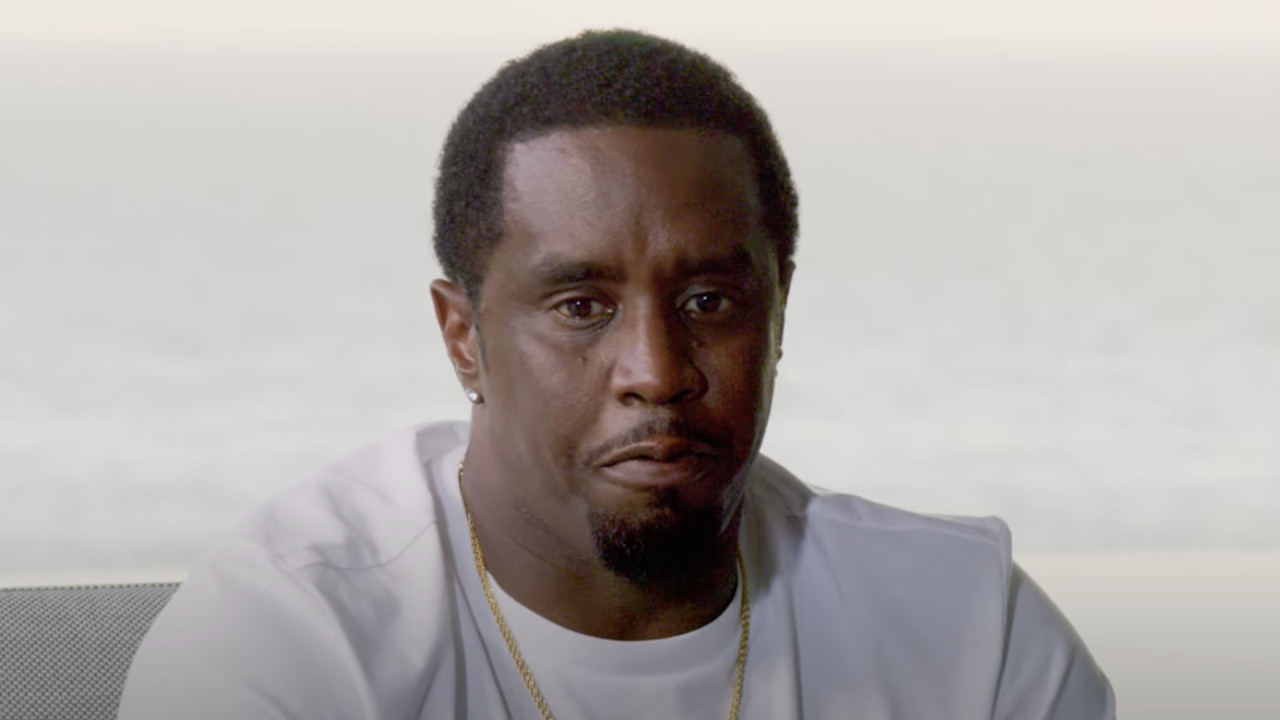
The trial of P. Diddy has the potential to go down as one of the biggest of our time, similar to the O.J. Simpson or Rodney King cases, as Sean Combs fights charges of sex trafficking, racketeering and more. In any case, but especially in high-profile trials like this one, every detail matters. And, in this case, there’s one strategic decision that’s allegedly been made by Diddy’s team that connects the music mogul to past defendants like the Menendez brothers — his sweaters.
What’s Behind The Sweaters Diddy Has Been Wearing In Court?
By now, many who’ve been keeping up with Sean Combs’ trial has seen the artist renderings of the rapper with his gray hair and goatee and, if you wondered why the defendant is wearing blue, gray or beige sweaters rather than a suit, criminal defense lawyer Mark Geragos says (per the New York Times) it’s an attempt to tap “into the collective unconscious of the jury.” He said:
Jurors notice everything.
suits distances Diddy from his identity as a businessman or someone who might have carried out illegal activities from a position of great power.
How Sean Combs’ Trial Is Connected To The Menendez Brothers’
Sean Combs is far from the first person to use the so-called “sweater defense.” The first trial in which that issue was highly publicized was apparently Lyle and Erik Menendez’s murder trial in 1993. Their lawyer, Leslie Abramson, seemingly tried to make the 20-somethings appear younger and more innocent by having the brothers wear pastel sweaters. The wardrobe choice has become part of pop culture, even being referenced in the dramatized Ryan Murphy series Monsters: The Lyle and Erik Menendez Story with Lyle (Nicholas Alexander Chavez) telling a friend:
Buy me a yellow sweater. Ever see a violent man wearing a yellow sweater?
Luigi Mangione also wore a sweater when he was on trial for the murder of UnitedHealthcare CEO Brian Thompson, with his burgundy crew neck and khaki pants creating a “boy next door” aesthetic, according to jury consultant Jo-Ellan Dimitrius.
It’s interesting to look at how much impact things like wardrobe and body language can play in a trial like this, but it’s also another point to the argument that some of the most mundane details of Sean Combs’ case are the most interesting. Diddy can’t communicate with the jurors directly (under threat of getting barred from the courtroom), but there may not be a whole lot the judge or prosecution can do if the defense is able to play to the jury’s unconscious biases.
